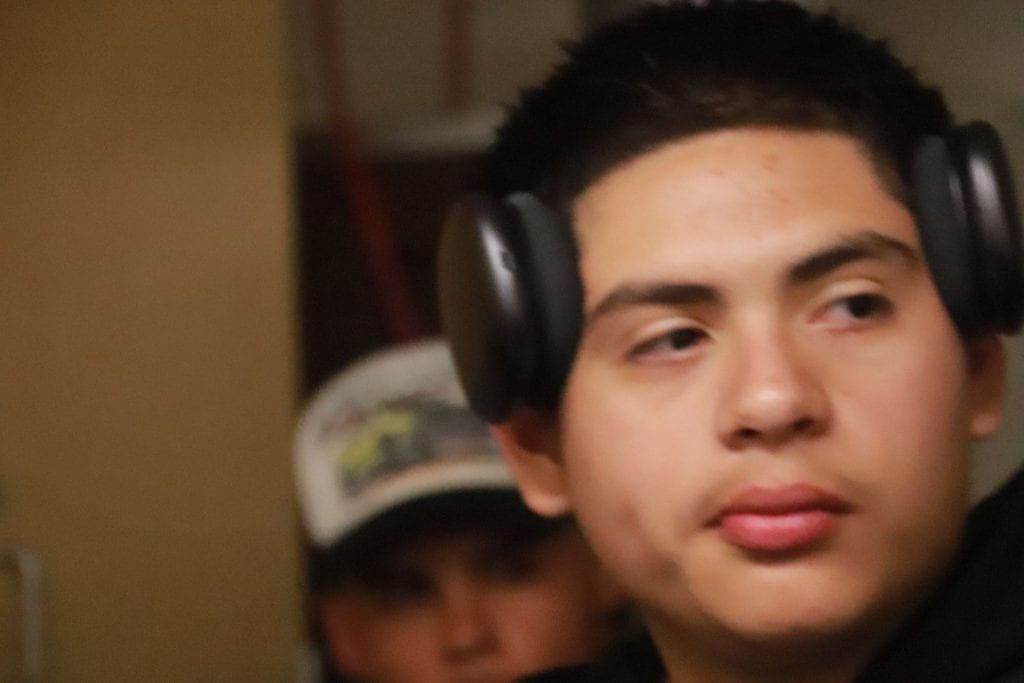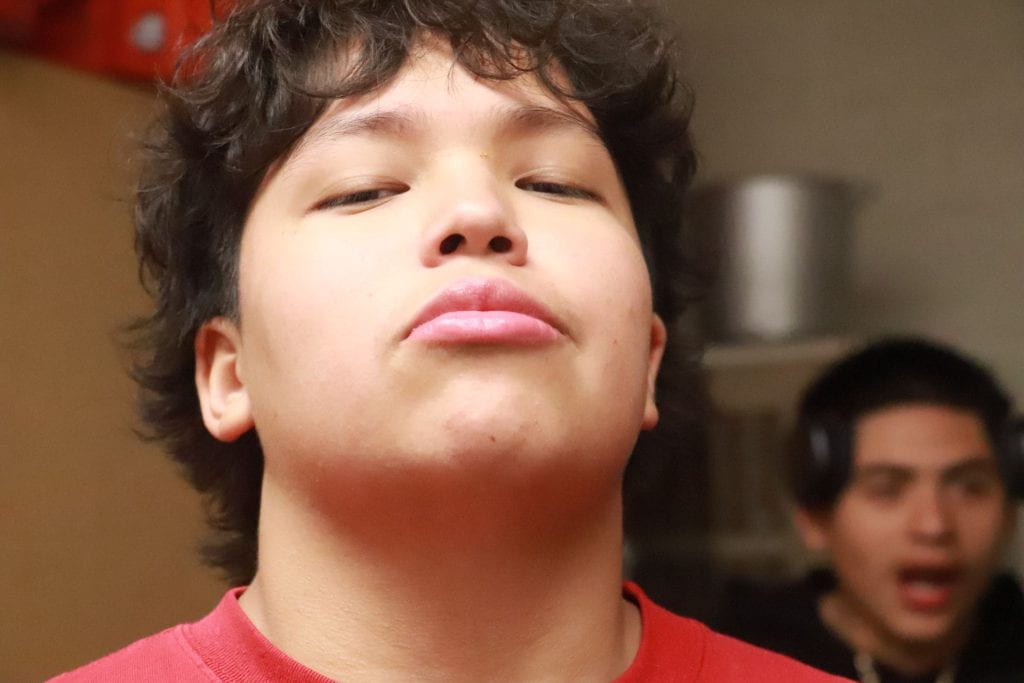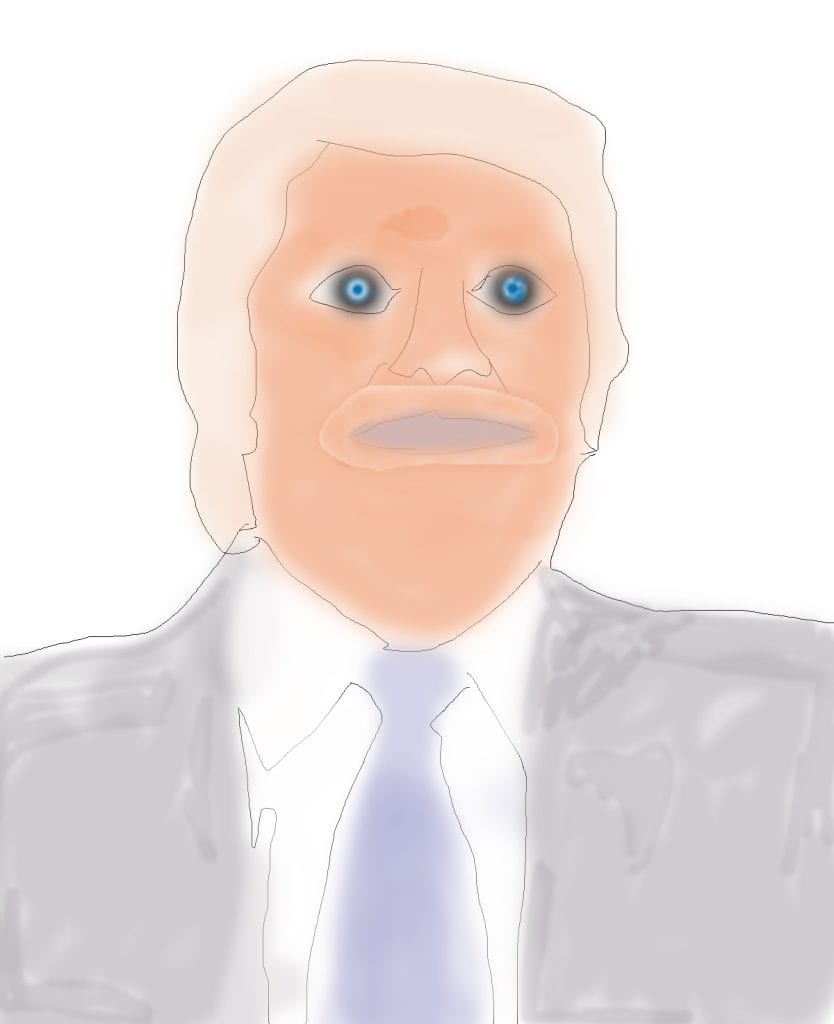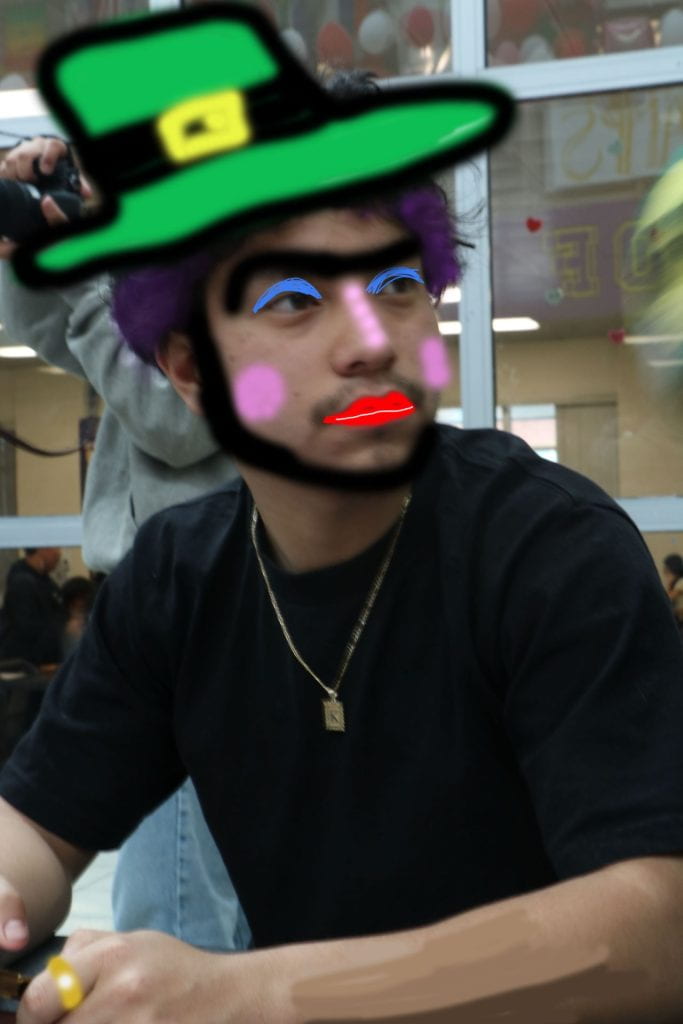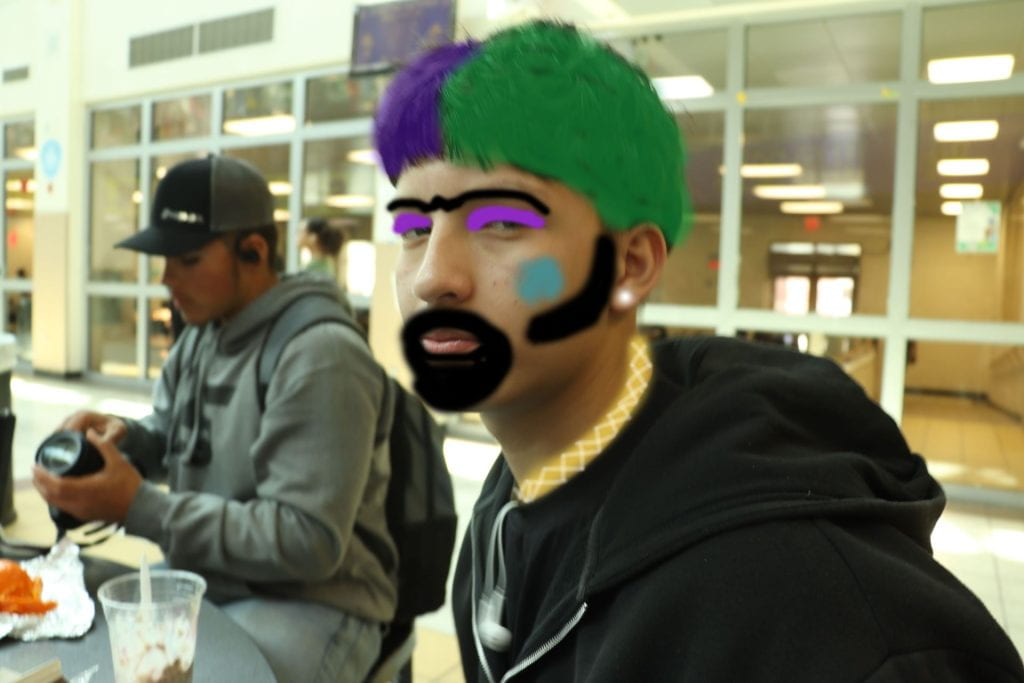
Ways to Find Photography Inspiration When You Feel Stuck
Give yourself personal projects
learn about photography history
Draw up you plans or ideas
shoot without an agenda
Always do something creative
Magizine
letter to incoming photo 1 students
My experience in this class has been amazing I’ve had so much fun in here doing work learning new things the assignments were very easy to do the teacher was amazing and funny taught us many things not just about photography but about history and stuff behind artist she was real never lied, she was easy to talk to a good listener she made the class more fun and made me want to come every day.
Close up portraits
White balance read+write
White balance in photography is the process of adjusting the color temperature of an image to ensure that white objects appear white, regardless of the color of the light source illuminating the scene. Different light sources emit light with varying color temperatures (measured in Kelvin), which can cause color casts in photographs. White balance settings compensate for these color casts, neutralizing the image and rendering colors accurately. By properly setting the white balance, photographers can achieve more natural-looking and visually appealing images, ensuring that colors are represented as they are perceived by the human eye.
Advertising photography
Illustration of iconic images
Portraits with makeup
Difference between File formats
JPEG Lossy compression, good for photos, small file size, widely compatible.
HEIF Lossy compression, more efficient than JPEG, better quality at smaller file sizes, becoming more common (e.g., iPhones).
TIFF Lossless compression (or uncompressed), high quality, large file size, used for archiving and professional printing.
*RAW Minimal processing contains all data captured by the camera sensor, large file size, requires processing, maximum editing flexibility.
DNG Adobe’s open-source RAW format aims for standardization, similar benefits to other RAW formats
PNG Lossless compression, good for graphics, transparency support, larger file size than JPEG for photos.
GIF Lossless compression, limited color palette (256 colors), supports animation, small file size, good for simple graphics and animations.
BMP Uncompressed, large file size, simple format, rarely used.
PSD Adobe Photoshop’s native format supports layers and editing features, large file size, requires Photoshop to open fully.

